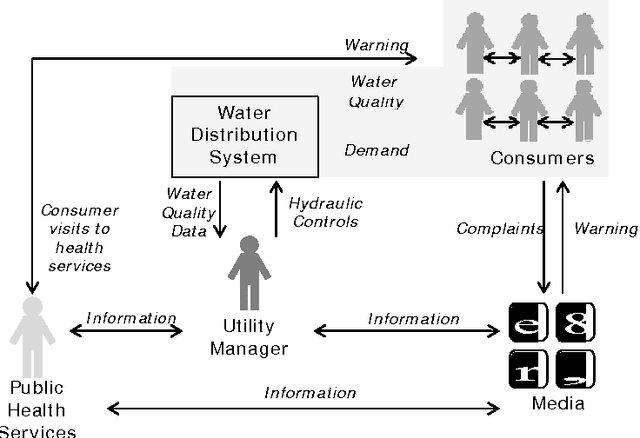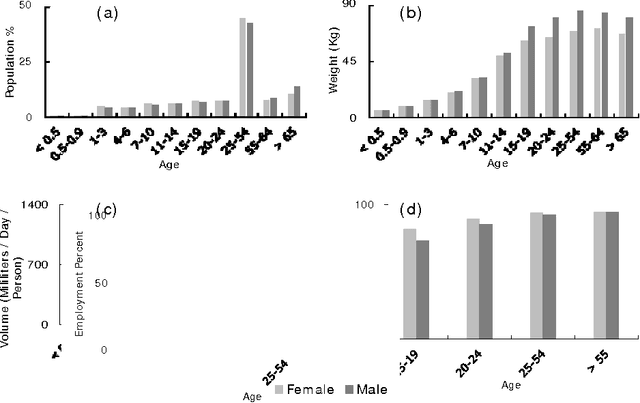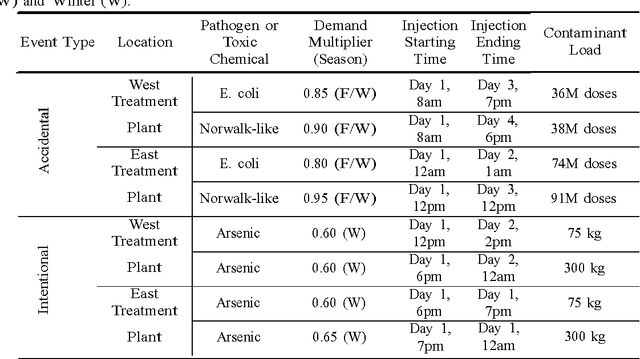Emily M. Zechman
An Agent-based Modeling Framework for Sociotechnical Simulation of Water Distribution Contamination Events
May 14, 2014



Abstract:In the event that a bacteriological or chemical toxin is intro- duced to a water distribution network, a large population of consumers may become exposed to the contaminant. A contamination event may be poorly predictable dynamic process due to the interactions of consumers and utility managers during an event. Consumers that become aware of a threat may select protective actions that change their water demands from typical demand patterns, and new hydraulic conditions can arise that differ from conditions that are predicted when demands are considered as exogenous inputs. Consequently, the movement of the contaminant plume in the pipe network may shift from its expected trajectory. A sociotechnical model is developed here to integrate agent-based models of consumers with an engineering water distribution system model and capture the dynamics between consumer behaviors and the water distribution system for predicting contaminant transport and public exposure. Consumers are simulated as agents with behaviors defined for water use activities, mobility, word-of-mouth communication, and demand reduction, based on a set of rules representing an agents autonomy and reaction to health impacts, the environment, and the actions of other agents. As consumers decrease their water use, the demand exerted on the water distribution system is updated; as the flow directions and volumes shift in response, the location of the contaminant plume is updated and the amount of contaminant consumed by each agent is calculated. The framework is tested through simulating realistic contamination scenarios for a virtual city and water distribution system.
 Add to Chrome
Add to Chrome Add to Firefox
Add to Firefox Add to Edge
Add to Edge